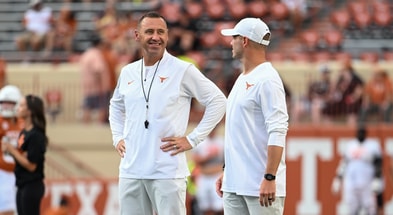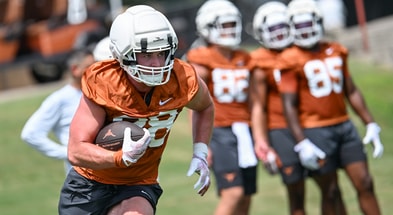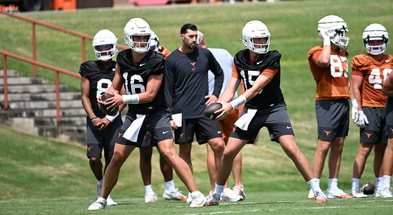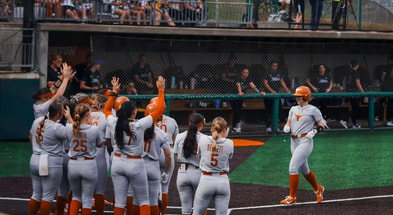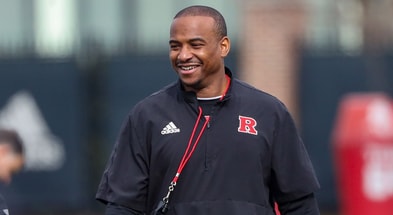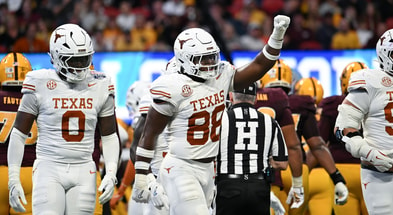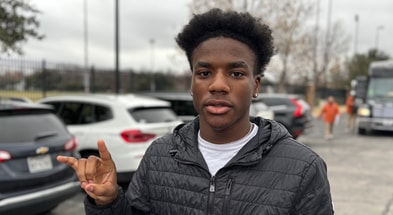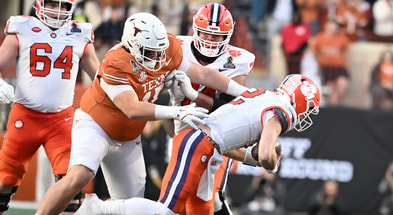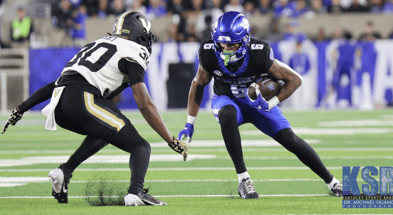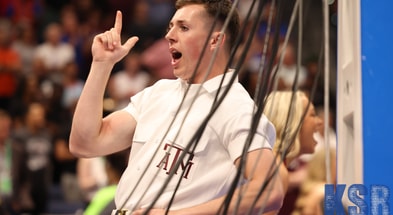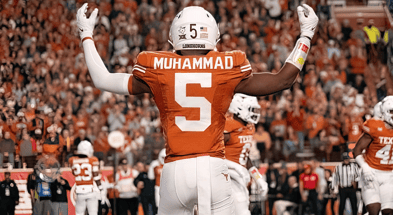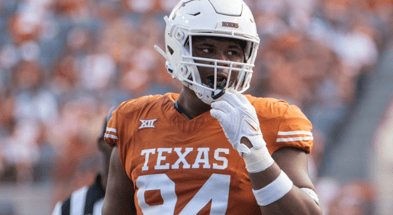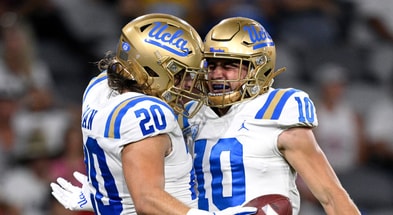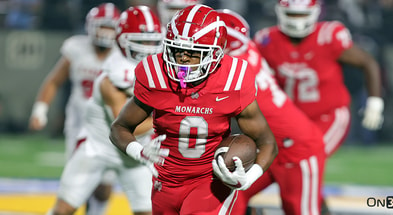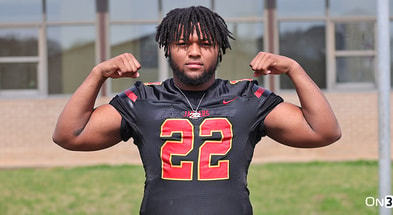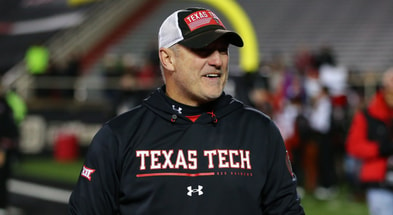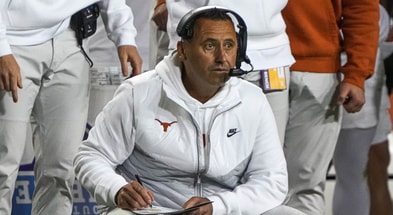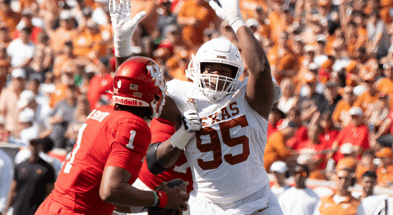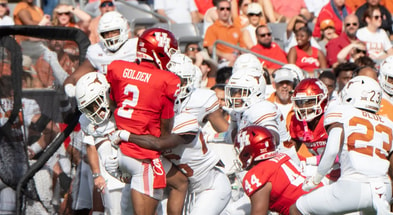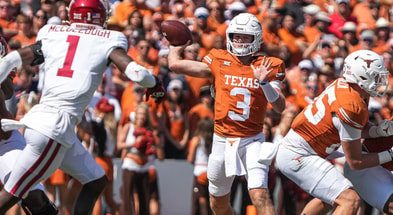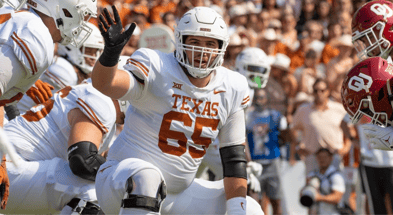Inside the Gameplan: How Texas ended Nebraska

Nebraska hates Texas because the Longhorns ended its dynasty.
If you go to the big moments in Nebraska history over the last two decades, you regularly find the Huskers building towering achievements only to see the Longhorns ending or spoiling them.
The Huskers’ 1998 season was tarnished when Texas ended a 47-game home winning streak. They set about building a new home game winning streak that lasted until 2002 when Texas came back and ended a 26-game home winning streak as part of a frustrating 7-7 season that hearkened the end of the Frank Solich and I-option era for the Huskers.
In 2009 the Longhorns foiled Nebraska’s bid at a Big 12 championship with the classic “put one second back on the clock” game that infuriated Husker fans. In 2010 ,Nebraska built its season around payback and leaving the conference with the elusive Big 12 championship trophy that they’d taken home only twice in 15 years. Instead, a bad Texas team (5-7) handed them yet another home loss before Oklahoma denied them in the B12 title game at the end of the year.
But the precursor to all of this was the Big 12’s inaugural championship game in 1996. The Cornhuskers were 10-1 heading into this contest with the sole loss coming against the Jake Plummer/Pat Tillman-led Arizona State Sun Devils before the Huskers ripped off nine straight wins. Texas was 7-4 but on a four-game winning streak and rolling along with a team featuring junior QB James Brown and sophomore FB Ricky Williams.
Texas spoiled the Huskers’ 1996 campaign with a 37-27 shocker that propelled the Steve Spurrier/Bob Stoops Florida Gators to the national championship and spelled the beginning of the end for the Tom Osborne reign of terror that was, at that point, still in full swing. Here’s how it happened.
The teams
The ‘96 Huskers were a little different than the ’94 and ’95 championship teams in that they were replacing the Tommy Frazier/Lawrence Phillips tandem with Scott Frost and Ahman Green. Heading into this title game they were also without Green, who was dealing with a stress fracture.
They were a little more of a plodding, pound you down kind of team with Frost, Green, and then their second I-back DeAngelo Evans who started in this contest all weighing in at 210 or better. Frost in particular at 6-foot-3, 215, was unafraid to pick up sure yardage cutting downhill in their option schemes. The OL included three total All-B12 linemen and that was the main thrust of the team.
Meanwhile this was the best defense Nebraska had yet fielded and every DL was on the All-B12 team with DEs Jared Tomich and Grant Wistrom highlighting the unit. Some considered it one of the better defenses in college football to that point, although that legacy was stained when they gave up 503 yards in this game.
The Nebraska defenses of this period were ahead of their times in that behind the meaty midwesterners up front on the DL they had a lot of truly fast skill talent at OLB, CB, and S. They were able to be aggressive in stuffing the run or blitzing opponents due to their veteran and talented secondary, which only made their DE tandem all the more terrifying.
For all that, if I were to write out the names that comprise the Texas team that defeated them it wouldn’t sound so terribly surprising that they managed the victory. Watching live, this was a talented but only solid Texas team that was going up against a Nebraska program that had been pounding opponents into oblivion, had just finished their fourth consecutive year without a conference loss, and were gunning for their third consecutive national championship and fourth in five years.
But as we know now, the Longhorns were littered with NFL talent, particularly on offense where they based out of a 21 personnel package that rotated in Shon Mitchell, Ricky Williams, and Priest Holmes in the two RB spots.
Ricky Williams was the fullback in this offense and wore no. 11 but still led the team in carries (205) and yards (1272). Shon Mitchell was the main RB in the two-back sets while Ricky was amusingly relegated to blocking and then senior Priest Holmes would come in as a change of pace guy.
The WR corps was similarly loaded with future NFL TE Pat Fitzgerald in that spot, Mike Adams and Matt Davis outside, and then sophomore Wane McGarity coming in as the slot when they subbed out a RB and went singleback. The line was solid but very young, headlined by senior RG Dan Neil but then featuring sophomores at LT, LG, and RT and then junior Ryan Fiebiger at center. The QB was junior James Brown.
One of the interesting things about this unit was the emphasis on versatility and athleticism from a nominally 21 personnel set. While Nebraska 21 personnel I-formation featured bruisers at TE and FB, Williams and Fitzgerald were capable blockers (only 220 and 228 apiece though) but dangerous targets for runs and passes. Fitzgerald thrived running option routes in the middle of the field and Ricky was a year away from being “Ricky.”
The Texas defense was similarly comprised, loaded with recognizable names who were still young at this point in their careers. The defense picked up over the stretch of the season thanks to growth from freshman NT Casey Hampton, freshman DE Aaron Humphrey, sophomore MLB Dusty Renfro, and then steady play from a secondary headlined by senior CB Bryant Westbrook.
The gameplan
I don’t know that Nebraska really had much of a gameplan in these days other than to go do their thing and dominate. They did play their LBs aggressively in the gaps up front, regularly bringing blitzes to stop up the Texas run game or to create matchups for their star DL. The offense was typical Nebraska “run it down their throats until they get tired, then crush them into the dirt.”
Texas was more aggressive. They came out firing, throwing the ball up and down the field while leaving in both backs to help chip the Husker DEs and then mixing in their trap and counter-heavy run game. Ricky was quiet in this game (eight carries for seven yards) save for his blocking to free up Mitchell and Holmes, the latter of whom ran for three TDs (nine carries for 120 yards) in this contest.
Nebraska was a man coverage team back then and a pressuring one at that, but Mackovic’s solution wasn’t to play it safe and trade pounding drives with the Cornhuskers but to regularly put a slot on the field and fling the ball around.
James Brown threw 28 passes for 353 yards for 12.6 ypa with a single TD pass and two INTs. He also did this…

This was exactly the sort of play Texas won the game on, using the backs to chip Wistrom and Tomich while Brown managed the pocket and either beat the ‘Huskers’ man coverage or bought time to make something else happen. It was sort of a proto-spread offense for the way that it all hinged on flooding the field with athletes at the skill positions and then leaning on a smaller athlete at QB (Brown was 6-foot-0, 190) to distribute the ball like a point guard.
When they brought in Priest Holmes they’d run a power or counter play for him. Here was the best play, a power run that caught Nebraska bringing a safety blitz over the opposite edge:

This beautiful display of down blocking to an explosive athlete at RB made a big impression on a young Scipio Tex…

On defense they worked hard to spill the ‘Huskers’ option game outside where the Texas speed could deal with it. Nebraska eventually got rolling with Frost hitting cutback lanes on its base run (18 carries for 47 yards) but they were able to limit the damage from main back DeAngelo Evans (32 for 130 and 3 TDs) and force Nebraska to execute multiple long drives.
The young tandem of No. 64 (Casey Hampton) and No. 46 (Dusty Renfro) were a real problem for Nebraska. You can see Hampton shucking a down block here from All-B12 center Aaron Taylor while Renfro takes on All-B12 RT Eric Anderson and comes off his block to join the action:

Texas’ athleticism up front gave Nebraska some problems and they weren’t explosive enough to give themselves much margin. Hampton’s partner, senior tackle Chris Akins, had a huge game that included this effort on the same drive clipped above:

On this play he beats the reach block by star OL Chris Dishman by going under and up and then reaching and batting the ball out of Frost’s hand during an attempted pitch before ragdolling the Husker legend to the ground. Humphrey landed on the ball and Texas took possession and kicked a FG (Phil Dawson).
The climax
This game flowed like a classic third act from your favorite action film. The heroes make a plan to surprise the enemy, the villain shows up and falls into the trap, but then things start to go wrong and the villain has overcome the trap and is about to crush your hero when something amazing happens.
This occurred in this game during the third quarter. Texas had just taken a 23-17 lead after finishing another drive with a Dawson FG when Nebraska went on a classic Osborne drive with multiple conversions on third and short. That made it 24-23 Nebraska while eating most of the clock off the quarter. The next Texas drive included a penalty that set up first and 20, then second and 20, and finally third and 23…

You can see Tomich and Wistrom bearing down on Brown and leaving Texas’ blockers on the ground in their wake before the Texas QB fired the ill-advised inside throw vs a deep safety. Then Nebraska retook the field and started pounding the ball on the ground again before the end of the third quarter offered a brief break.
The Huskers resumed another inexorable march down the field that included Frost converting a third and 11 pass that seemed like the dagger in the ribs. But Texas was fortuitous that the Huskers’ first down conversion came at the 10 and set up 1st and goal and they were able to force a FG to make the game 27-23 Nebraska.
From here, Texas first managed a quick score by throwing a corner route to McGarity in the slot when he was matched up on a safety…

…and after all that work by the Huskers, Texas was in the lead again, 30-27. They stopped the next drive when they finally managed to stop a third and short play by stunting Humphrey into what turned out to be the backside of a GT counter run and the freshman OLB came free to make the stop. Nebraska punted the ball to the Texas 6-yard line and the Longhorns started there with 4:06 left on the clock.
Brown created some space with more magic, this time involving Fitzgerald:

And Mackovic called a few more counter/power runs for Priest Holmes, the last of which came within about an inch of picking up a first down on third and four.

This was a pretty bizarre moment that I had to GIF for y’all, it almost looks like they’re measuring from a different point of the ball than the nose or else the official is moving it backwards to make it short. You can tell that Dan Neil shares my confusion here.
With the ball on their own 29 yard line and 2:31 left on the game clock but only inches to go, the decision to be aggressive was fairly intuitive. Punting to Nebraska ran the risk of the Huskers having the time to come downhill one more time and either tie the game or take the lead, given how Nebraska had moved the ball in the second half that seemed all too likely. Meanwhile a QB sneak with Brown or a FB dive to Ricky carried a pretty solid chance of maintaining the drive and eating more clock.
So when Texas came out in a big formation with back-up TE Derrick Lewis and then three backs all in a row behind Brown it looked like QB or FB dive was indeed the call. It’s worth listening to Brent Musburger and Dick Vermeil for the live call:
“No question what’s about to happen. Fiebiger, number fifty-eight, on a roll….GONNA THROW IT…GOT IT WIDE OPEN BABY!!!”

Texas ended up finishing the drive on the next play with one final power run to Holmes. The score was now 37-27 with about 1:50 left on the clock and the run-happy Huskers were never going to be able to make it up and indeed ended up fumbling the ball away on a sack-strip.
Before this season Texas had fought to prevent partial qualifiers from being accepted in the Big 12, even threatening to refuse to join the league if they were permitted, and Musburger mused during the game that Osborne’s frustration over that would probably lead him to run up the score if he got the chance. Instead a young Longhorn team set the stage for how the Big 12 era would go for Nebraska (not nearly as well as the immediate preceding era) as athleticism ruled the day over the brute force of the Husker machine.
This win for athleticism and Longhorn football kickstarted a running stretch of events in which the Longhorns would burn down the golden age of Cornhusker football and salt the earth. Nebraska never recovered.

